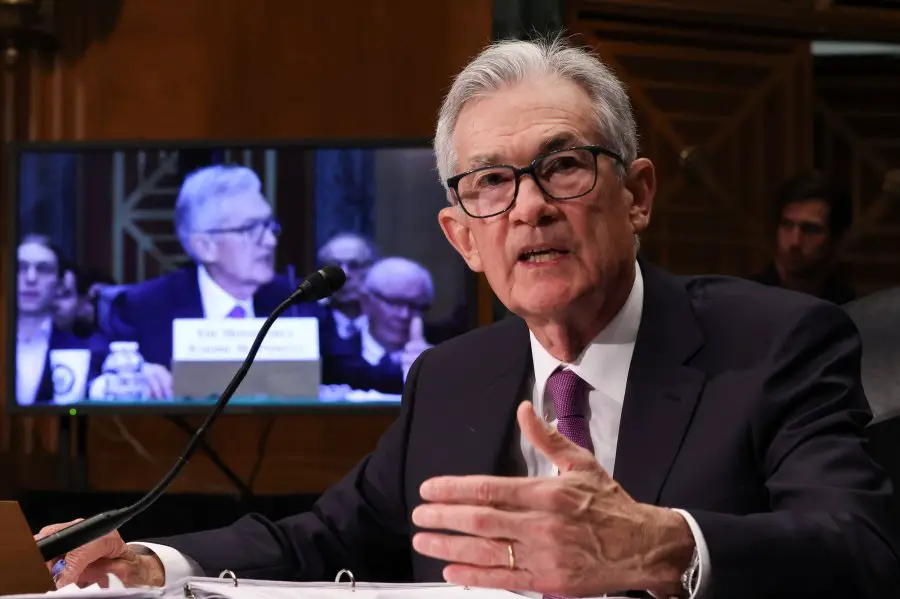Nov. 7 (UPI) — The Federal Reserve Thursday lowered interest rates for the second time this year, cutting the federal lending rate by a quarter point, or 0.25%. That brings the lending rate range to 4.50-4.75%.
In a statement Thursday, the Fed said, “Recent indicators suggest that economic activity has continued to expand at a solid pace. Since earlier in the year, labor market conditions have generally eased, and the unemployment rate has moved up but remains low. Inflation has made progress toward the committee’s 2 percent objective but remains somewhat elevated.”
The Fed said that labor market conditions have generally eased since earlier this year, and the unemployment rate has moved up but remains low. Inflation, the Fed statement said, “has made progress toward the Committee’s 2 percent objective but remains somewhat elevated.”
The Fed statement added, “In considering additional adjustments to the target range for the federal funds rate, the Committee will carefully assess incoming data, the evolving outlook, and the balance of risks. The Committee will continue reducing its holdings of Treasury securities and agency debt and agency mortgage‑backed securities. The Committee is strongly committed to supporting maximum employment and returning inflation to its 2% objective.”
Ahead of Thursday’s cut, with inflation under control and very close to the 2% Fed goal, expectations were that this cut would be 0.25%.
Before the Fed announced the cut Thursday, D.A. Davidson’s director of wealth management research James Ragan anticipated Fed Chair Jerome Powell would address the labor market in his rate cut remarks.
“The biggest thing he can talk about is the jobs market because we had that hurricane-impacted number for October,” Ragan told CNBC. ” Obviously a weak number, but I think the markets discounted it a lot for the hurricane impact. So I’d like to hear him talk a little a bit beyond that data.”
Since the Fed’s September rate cut of half a point, Trump’s return to the presidency and stronger economic data could alter the schedule of rate cuts planned between now and into 2025.
Economists and Wall Street investors think inflation could be fueld again if Trump follows through with a pledge to impose widespread tariffs, new tax cuts targeted for wealthier people and corporations and a mass deportation.
The economic impacts of that combination of policies could also alter the Fed’s plan’s to keep to the current rate cut intentions, making it harder for the Fed to keep lowering interest rates quickly as the economic picture changes.
Fed policymakers rely on economic data including the pace of inflationary pressures as they decide interest rate money policy.


Leave a Comment